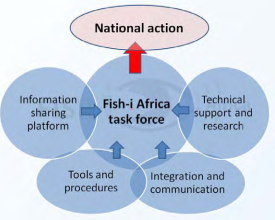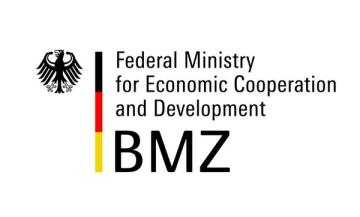
Disaster Preparedness and Building Livelihood Resilience
Sea level rise has led to coastal erosion reducing the island of Mousuni while population increases. Salinity due to brackish water floods makes impossible cultivation for two years, and the use of high yielding paddy varieties. Community development capacity and re-introduction of traditional but salt tolerant paddy varieties and resistant fish and prawn species reached disaster preparedness, increases the resilience of the community, and secures livelihood.
Context
Challenges addressed
Location
Process
Summary of the process
Building Blocks
Vulnerability Assessment
Enabling factors
Lesson learned
Awareness Campaigns
Enabling factors
Lesson learned
Institutional Arrangements
Enabling factors
Lesson learned
Disaster Preparedness Training
Enabling factors
Lesson learned
Climate Adaptation Centre
Enabling factors
Lesson learned
Climate adaptive Livelihood Options
Enabling factors
Lesson learned
Impacts
The solution has social, economic and environmental impacts. Community knowledge on climate change and how to adapt was enhanced and reinforced by four trained task force teams. Formal linkage with government relief mechanism is established. Resilience of participating farmers was enhanced. The practice is adopted by others. Income and food security are ensured despite brackish water inundation. The design of a chemical-free good cultivation practice reduces water and soil pollution. Cultivation of traditional salt tolerant crop varieties helps biodiversity conservation.



